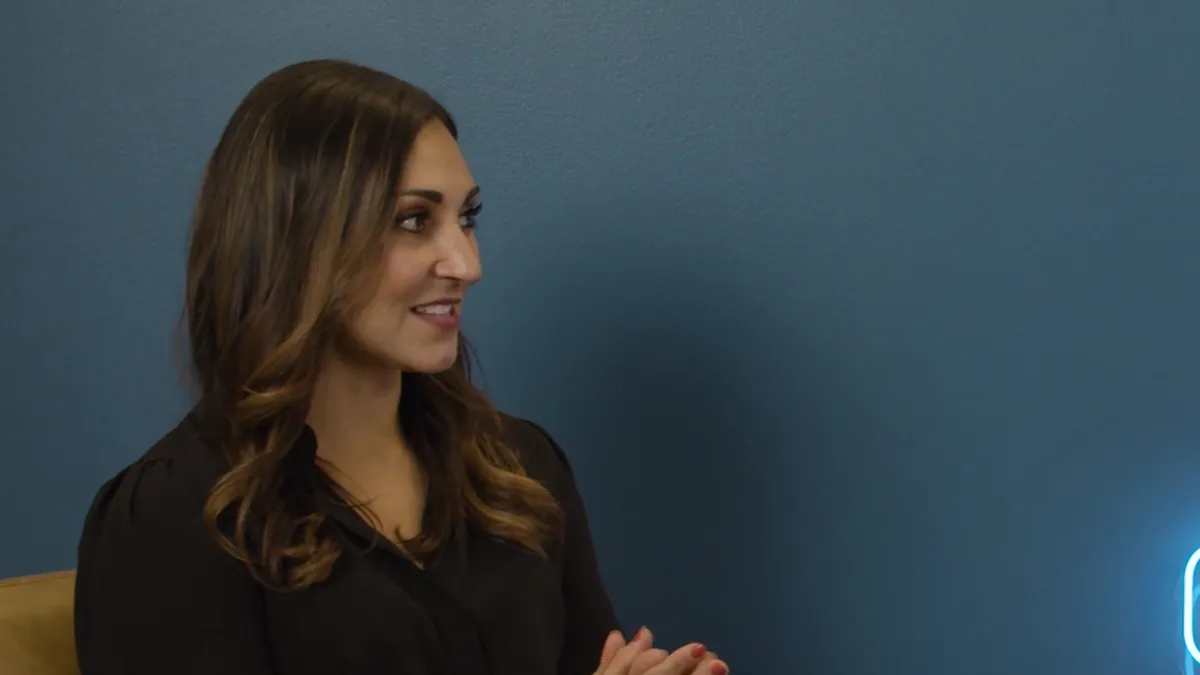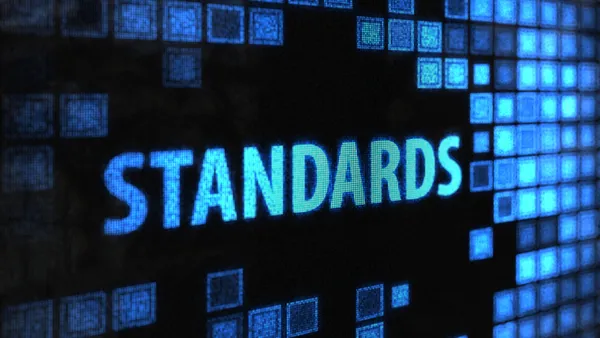When Samantha Nickerson came across a LinkedIn ad looking for a technical solutions attorney (TSA), she saw an opportunity to try something new after cutting her teeth doing mostly transactional work at a small law firm.
Now almost a year into the job at contract lifecycle management (CLM) provider LinkSquares, she’s had a crash course in how in-house legal teams are structured and what their pain points are, giving her insight she couldn’t have replicated in many other contexts.
“I feel like I’ve gotten 100 internships at different companies and their legal teams because I get such a cool snapshot of their day-to-day lives,” Nickerson said in a LinkSquares podcast. “So, even though I’m technically not practicing law, I still feel I’m sharpening my skills and awareness of legal problems.”
Nickerson joined LinkSquares in January as the fourth of a dozen technical solutions attorneys the company employs to bring a lawyer’s viewpoint when the sales team demonstrates the company’s CLM software to in-house teams.
“It’s given me a front row seat into a lot of types of in-house teams, so a lot of learning for me about what people are facing,” she said.
She also gets to help the company refine its product based on what she learns.
“That feedback makes its way to product so we can develop with more intentionality,” she said.
Different needs
The diversity of in-house teams, each with its own structure and level of technical maturity, requires each meeting to be custom structured to increase the likelihood the demonstration captures what they are looking for in a CLM tool.
“One of my favorite things to do is run a proof of concept, where the prospect will send over a group of their contracts and we load them into a demo account,” she said. “We then walk them through how their contracts actually work in the tool. That’s sometimes where the lightbulb goes off. ‘Wow, this is not only centralizing my contracts and organizing them really well, but it’s pulling so much information out of them within the tool.’”
She was surprised by the number of in-house teams that still use very little technology and by the number of teams that have tried to adopt a technology only to find the process bogged down.
In some cases, she said, “they had purchased a tool six, nine [months] or even a year [ago] and they haven’t finished their onboarding process, which I can’t imagine,” she said. “They’re paying a premium to have a service, and it still isn’t working for them.”
Career move
Although she considers it a big move for her to go from practicing law to a legal tech company in which she’s focused on business problems, she’s early enough in her career that she feels she can only benefit from the broader experience.
“If it’s not the right move, you can pivot,” she said. “That’s how I approached taking the technical solutions attorney job. Decisions like these have weight but they’re not permanent. In terms of the TSA role in particular, it’s been so helpful for me even to learn about other in-house teams and the challenges they’re facing.”











